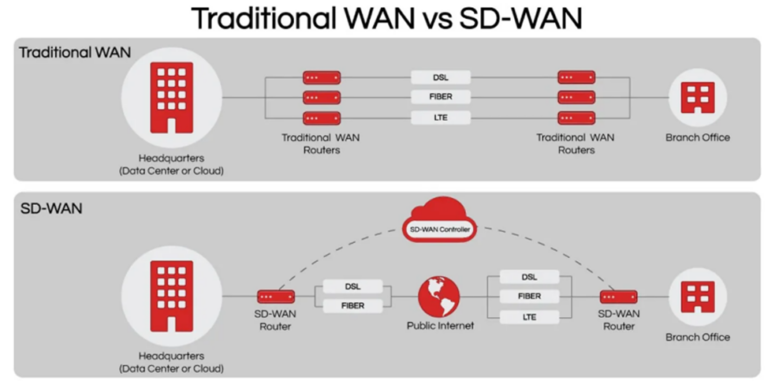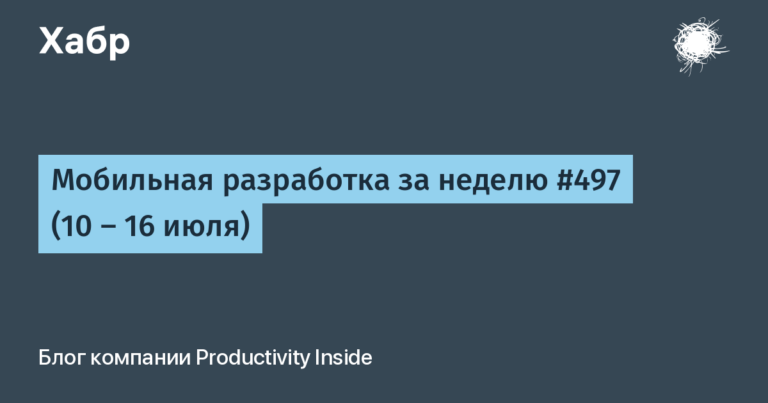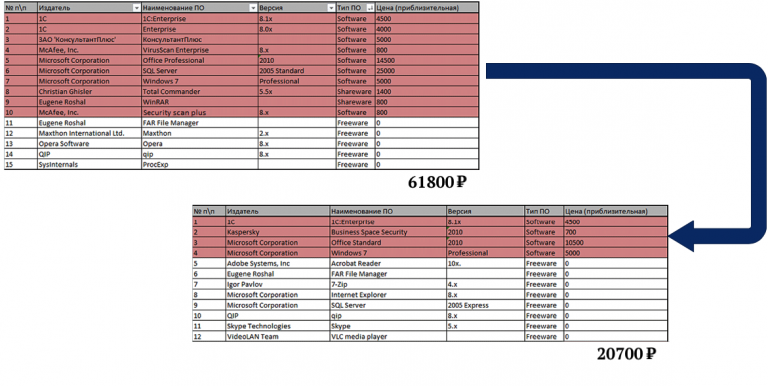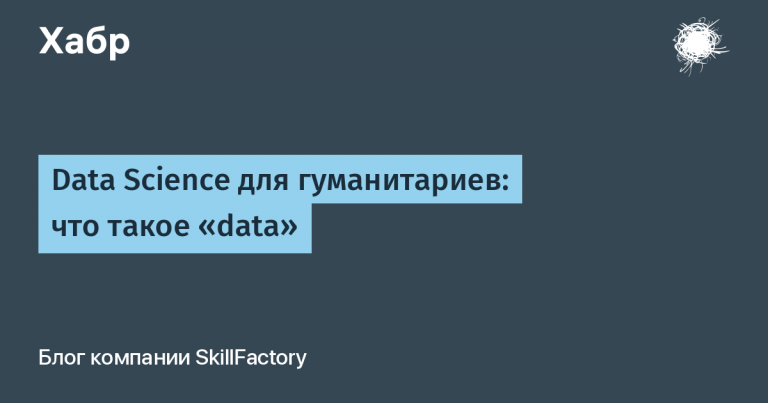The Law of Successful Innovation by Clayton Christensen, David Duncan, Karen Dillon and Teddy Hall

The full title of the book we’re talking about today is “The Law of Successful Innovation: Why a Customer Hires Your Product and How Knowing About It Helps New Developments.” A whole galaxy of eminent authors worked on its writing:
Clayton Christensen is a co-founder of four companies, including Innosight, which is directly related to innovation, author of popular books and articles about business, professor at Harvard Business School;
David Duncan is a senior partner at the consulting firm Innosight, consultant to executives on innovation strategies and development, Ph.D. in physics from Harvard University (convincing!);
Teddy Hall – at the time of writing – director of the Cambridge Group Nielsen`s Breakthrough Innovation;
Karen Dillon is a former editor of the Harvard Business Review, a business and management publication, and co-author of The New York Times bestseller Life Strategy, The Ashoka Foundation’s Most Influential Woman and Inspirational Woman in the World in Social Entrepreneurship.
It’s nice to read when practitioners write. Let’s analyze the main theses that can be taken from the book if you are running a business and are going to bring innovation to this world.
What does “progress” mean?
From the first lines, the authors declare that this book is about the struggle that we are waging for the sake of progress in life. At the same time, they explain that many entrepreneurs and top managers understand progress as the creation of “an ideal product with an ideal combination of qualities and useful properties that attract consumers.” However, obsession with profits and paper differences from competitors will not bring business as much benefit as a real understanding of the reasons why it is worth buying, “hiring” your product.
It turns out that by interpreting the word “progress” you can easily determine who is in front of you: a beginner, a real pro or an amateur. If you know how to distinguish between corporate “zilch” for the sake of work visibility and real benefit for the consumer, you are on the right track.
The Milkshake Dilemma
The book is full of examples, and we recommend it for a full reading. However, the author of this article cannot ignore the milkshake example, so we will present it in summary format.
One day, two aspiring food service entrepreneurs came to Clayton Christensen to talk about disruptive innovation and chart a path forward for their business. It turned out that Clayton’s author’s theory at that time was not adapted for such cases and to a greater extent considered the reasons for the fall of companies, and not how they achieve high results. The professor began to study the nuances of this problem, and one of the entrepreneurs who turned to him to analyze the situation shared the project of one of the fast food establishments that sold milkshakes every day. The network launched a whole study to determine exactly how to sell more of these drinks and make more profit. At the initiative of marketers, buyers began to ask a huge number of questions in the spirit of:
How can we improve our cocktails?
“Do we need to lower the price on them?”,
“Make them thicker?” etc.
Reminds me of what dozens of companies around are puffing up on now, isn’t it?
And that’s what makes this example interesting.
“In a few months [таких усилий] something remarkable happened: nothing, ”clayton writes about the success of that network. That is, the results of a banal survey from marketers did not bring real results.
Then the professor decided to approach the issue from the other side and find out why the visitors of the establishment “hire” milkshakes and what kind of “work” the drinks do for them daily. Strange and incomprehensible at first glance, the wording turned out to be working, and the network found out that:
in the morning, visitors need a hearty snack that they can consume on their way to the office;
it is inconvenient to eat bagels in the car (because they are dry and you need to hold the steering wheel with your knees to spread jam or butter on them), donuts (since they are greasy and crumble), bananas (you manage to get hungry “before twelve” with them), but thick milkshakes – that’s it;
sometimes parents needed cocktails to feel “good” (buy a dog for a child – no, buy a cocktail even instead of regular food – yes);
all survey participants have nothing in common in terms of demographic indicators.
That is, basically the cocktails of this network “performed” two types of work: in the morning, when people needed a quick, convenient, tasty and at the same time nutritious snack, and the rest of the time, when it was necessary to please the children. Of course, there could be other scenarios in this picture, but the principle of choosing buyers has become much clearer. This, in fact, is the whole secret.
How to “hear” what customers do not say
It’s great when you ask a question and get an answer, but that’s not always the case. Therefore, to understand the process of “working” a product for its buyer is through two terms of the theory of work: “large hiring” and “small hiring”. The first hire occurs, in fact, at the moment of choosing and purchasing a product, and the second, “small”, when the client uses it again and again (for example, sleeping on a new mattress). Then, in order to deeply understand the benefits of your product, it is worthwhile to understand which product a person needs to “fire” along with the acquisition of yours. Recognizing habits in buyers that prevent the transition to something new will also be aerobatics. In general, one survey is clearly not enough here.
What is “change for the better”
The authors of the book draw the reader’s attention to an important point: changes are for the better, not a product, as if setting an innovative tone. Indeed, products containing innovations can be seen as a stage, a step towards changing the market, business and society as a whole. By the way, here you can give a curious example of how in 1964 at the World Exhibition AT & T presented a video phone, and decades later the iPhone from Apple appeared. The product of the latter coincided with the time when production and consumers were ready to ensure its existence, so there is a change. This is more global and primary for lifestyle, and not just the product itself.
Ask questions to yourself
If you are an entrepreneur or the development of an organization depends on your decisions and ideas, ask questions, first of all, to yourself:
Can you recreate the journey your customers take from having a problem to “hiring” your product?
Have you fallen prey to the delusions of superficial growth, namely, have you become obsessed with selling new products without understanding how customers are trying to change their lives for the better?
What is the most important “job” your company exists for?
At the end of each chapter, the authors summarize the findings and provide a list of questions for reflection. We believe this is a great way to turn reading a book into introspection for the benefit of the business. Something like an internship at a business school or even supervision.
Interestingly, the book also provides insight into how the theory of work can be implemented in communication within the company. That is, when selling a product, you should make sure that the employees themselves know how it works and why consumers “hire” it.
About the service Online Patent
Online Patent is the number 1 digital system in the Rospatent rating. Since 2013, we have been creating unique LegalTech solutions for the protection and management of intellectual property. Register in the Online Patent service and get access to the following services:
Online registration of programs, patents for invention, trademarks, industrial design;
Submission of an application for inclusion in the register of domestic software;
Options for accelerated registration of services;
Free search in databases of patents, programs, trademarks;
Monitoring of new applications by criteria;
Online support of specialists.
For more articles, analytics from experts and useful information about intellectual property in Russia and the world, look at our Telegram channel.
Get a discount of 2000 rubles on your first order. More details in the pinned post.





